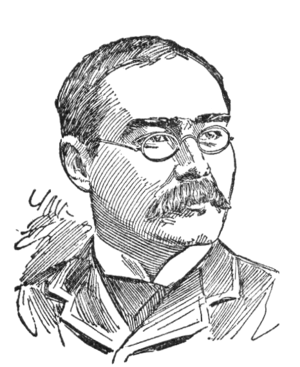I was intrigued by a reader’s comments on herbal medicine and have replied to her comments below, in italics. Which position do you take?
* * *
Ssurvy states:
Relying overmuch on what science says about herbs is ridiculous. Science doesn’t study herbs, it studies constituents of herbs in isolation, and at huge doses. Herbs work differently than that – the various medicinal aspects work together on the specific person/situation.
Science has studied herbs both in and out of context, in various doses, trying to understand and quantify the mechanism of action. The case of foxglove and the related drug digitalis is probably the best-known example. How does foxglove help the heart? It couldn’t be every chemical or protein the plant contains. Identifying the active compound helps understand not only how the plant works, but how the heart works. On a biochemical basis, this knowledge is not acquired from herbal medicine alone. This is not to discount thousands of years of experience, but many ineffective treatments have been used for years as well, some of which do harm people. Saying that the various components of herbs work synergistically is probably true, but with so many variables, it becomes difficult to solve the “equation.” Using several medicines in conjunction creates much the same problem, and polypharmacy is a significant problem, especially for older patients. Scientists need to learn from knowledgeable herbalists, but the opposite is also true.
Example – antimalarial drugs – usually have huge bad side effects for some, one specific drug (and I can’t name names, for obvious reasons) with harsh side effects is entirely derived from one plant, but isolates some chemicals in the plant, adds fillers. But if you take the plant as an antimalarial, it has none of the side-effects. Why? Because the other plant chemicals, and their total interaction, either prevent or avoid those side effects.
Living in America, I have not had the opportunity to treat malaria, so what the reader says regarding herbal therapy may be somewhat true. However, most patients do not experience harsh side-effects from medical treatment, and it is unlikely that no one experiences deleterious effects from plant therapy. (If this plant is so effective in malaria-prone regions, why is it that malaria is such a problem?)
Looking to science is great, but traditional use, across cultures, may lead to more accurate information. Scientists don’t know WHY or HOW yarrow stops bleeding, and some scientists say it does, others say it doesn’t. But it does (thousands of years of human-yarrow experience, and personal experience are the proof I need, not whether science can agree), regardless of what science might think that day.
A big problem with scientific research is the cost of randomized, double-blind placebo-controlled studies. Smaller, case-control or similar studies could be done in the field of herbal medicine, but getting them published in respected journals remains a problem. If I had the financial freedom (and hence, time) to perform such research, I would.
Not that science is bad. It isn’t, but it is also not the whole story. Herbs don’t work the way drugs work.
I would argue this point. On a biochemical level, the active compounds must work similarly, on the same receptors, proteins, binding sites, enzymes, etc.
Many herbs are only useful in, for example, some types of high blood pressure, with a specific cause, but won’t do a thing for the other types/causes – which makes great sense, but to science, that just means it doesn’t work. if you have a greatly overweight middle-aged man under lots of work stress who eats lots of carbs and fats and sits all day, a pregnant woman at week 29 with swollen legs, high bp, and can’t eat or drink, and a older thin woman with no previous history of high bp who is also experiencing dizziness and confusion, you have three very different situations. Why one would expect that their remedy would be identical is a mystery to me.
Excellent point, but the same is true of medications. Physicians do not use the same approach to elevated blood pressure in every situation either. The underlying cause is essential to the understanding and treatment of most conditions.
Yes, science says many herbs, if not most, are useless, but that is a flaw of science, not herbs. Herbalism has been practiced throughout human history. It’s not the new kid on the block, our so called modern medicine is.
Another excellent point, but science attempts to bring greater understanding to the table. Taking the example a few paragraphs back, it’s great to say that yarrow slows bleeding. Applying a few leaves to a minor wound is unlikely to cause much harm, and may help a little. Does this suggest it might slow heavy menstrual bleeding? Or benefit those with hemophilia? Would too much thicken the blood and cause blood clots? Like other active compounds, does it produce other actions within the body? Are there any drug interactions? Where do you turn for information? Effects observed in nature are often the starting point, but we need to understand the chemistry as fully as possible.
I applaud this writer for the depth of understanding he or she has expressed. Many good points have been raised. Much research remains undone, especially for treatment of serious disease. My thanks to the contributor of these comments. – Doc Cindy
Related articles
- Re-Thinking Herbal Medicine (armageddonmedicine.net)
- Herbal Medicine – Start with the Science (armageddonmedicine.net)
- Week 2 – Question of the Week: Which herbal medicines do you believe in? (armageddonmedicine.net)















